

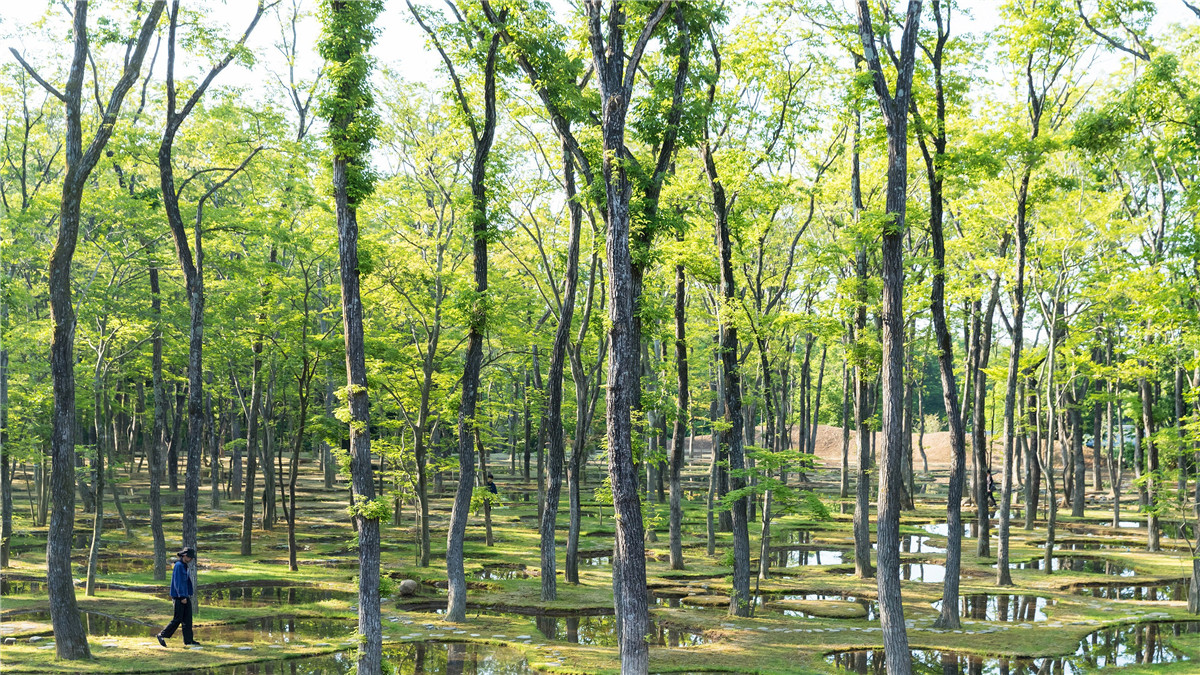
In this project, Ishigami blends architecture, landscape, and art. The Water Garden saw him import 300 trees from one island to another. He created an oasis made of small, shallow pools of water and twisting waterways, nestled among the variety of trees. All of them were carefully and precisely observed and examined to be sure of their ecological longevity.
在这个项目中,石上纯也融合了建筑、景观和艺术。 在水上花园,他将 300 棵树从一个岛屿进口到另一个岛屿。 他创造了一片绿洲,由小而浅的水池和蜿蜒的水道组成,坐落在各种树木之间。 所有这些都经过仔细和精确的观察和检查,以确保它们的生态寿命。
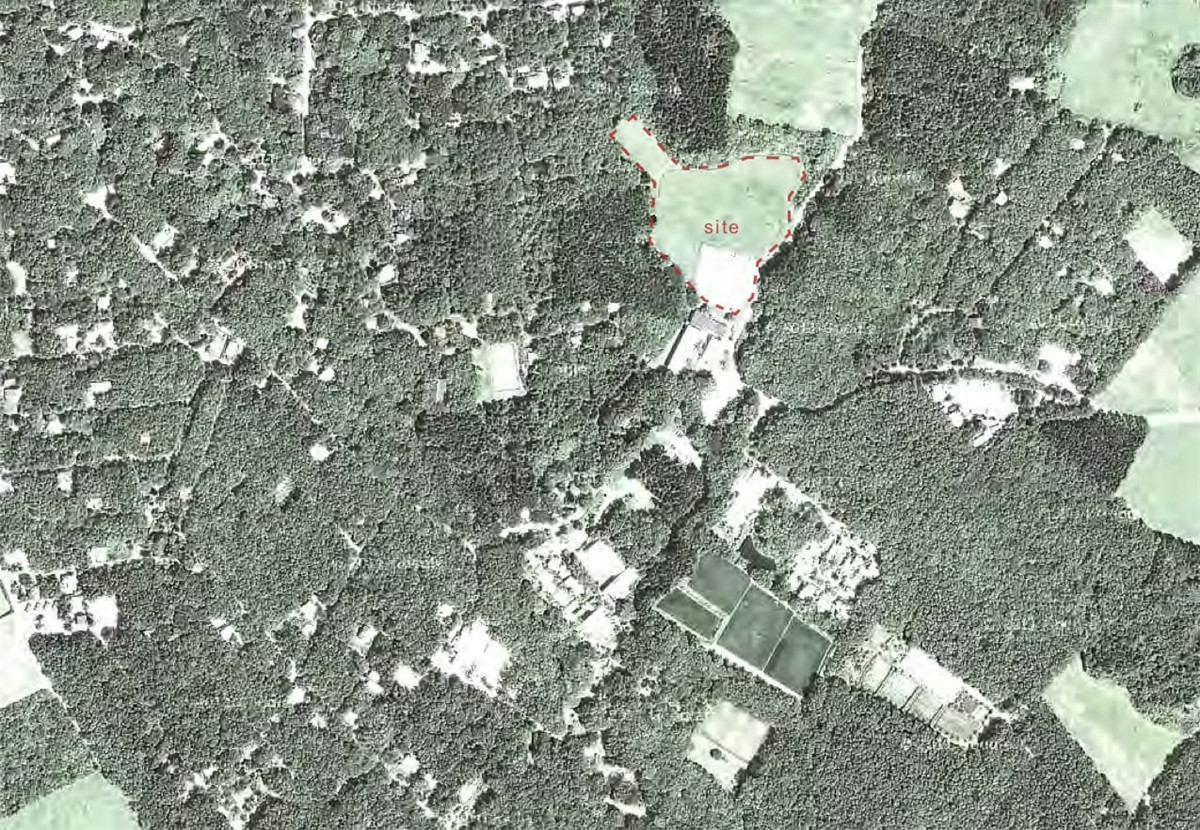
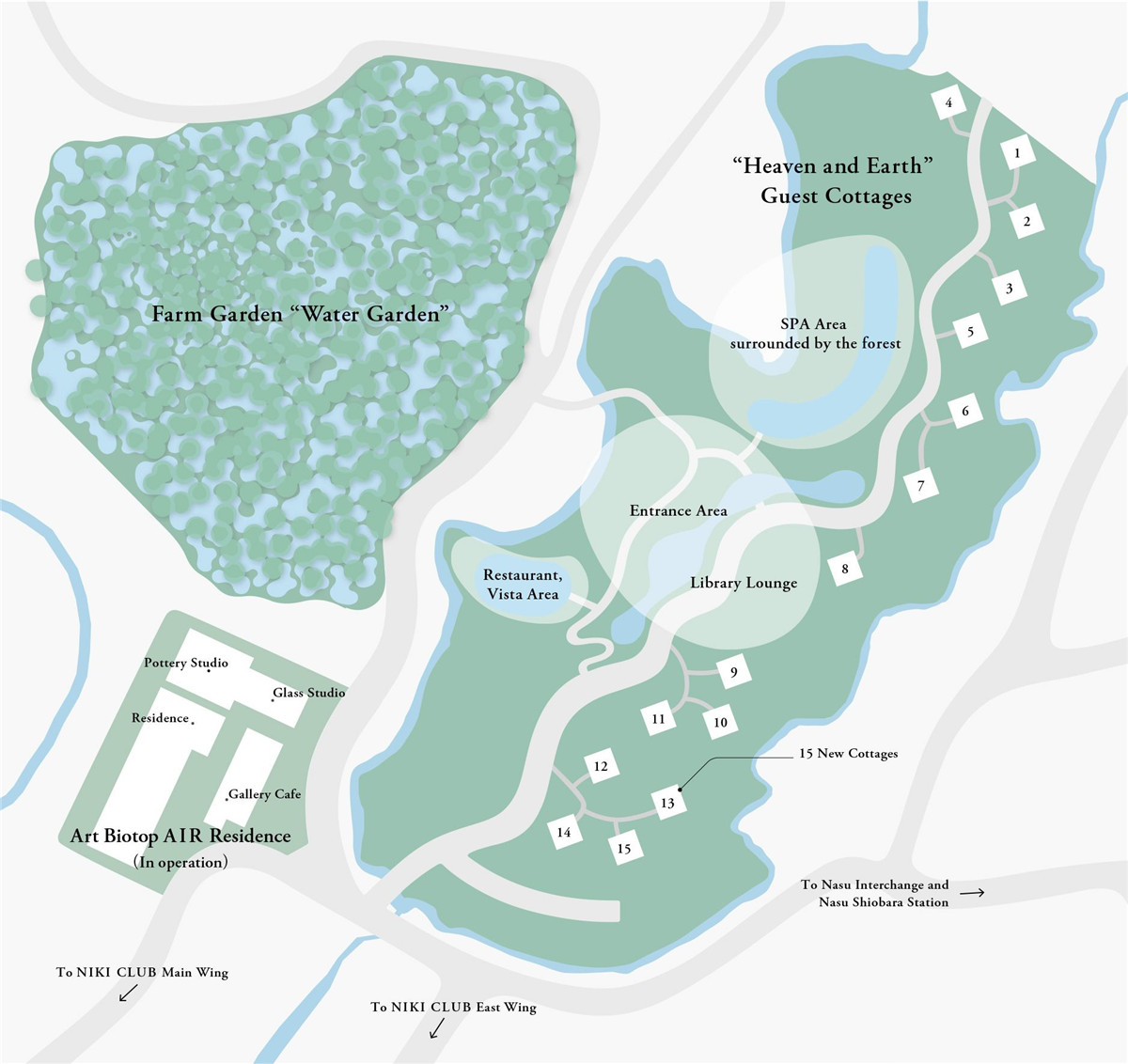
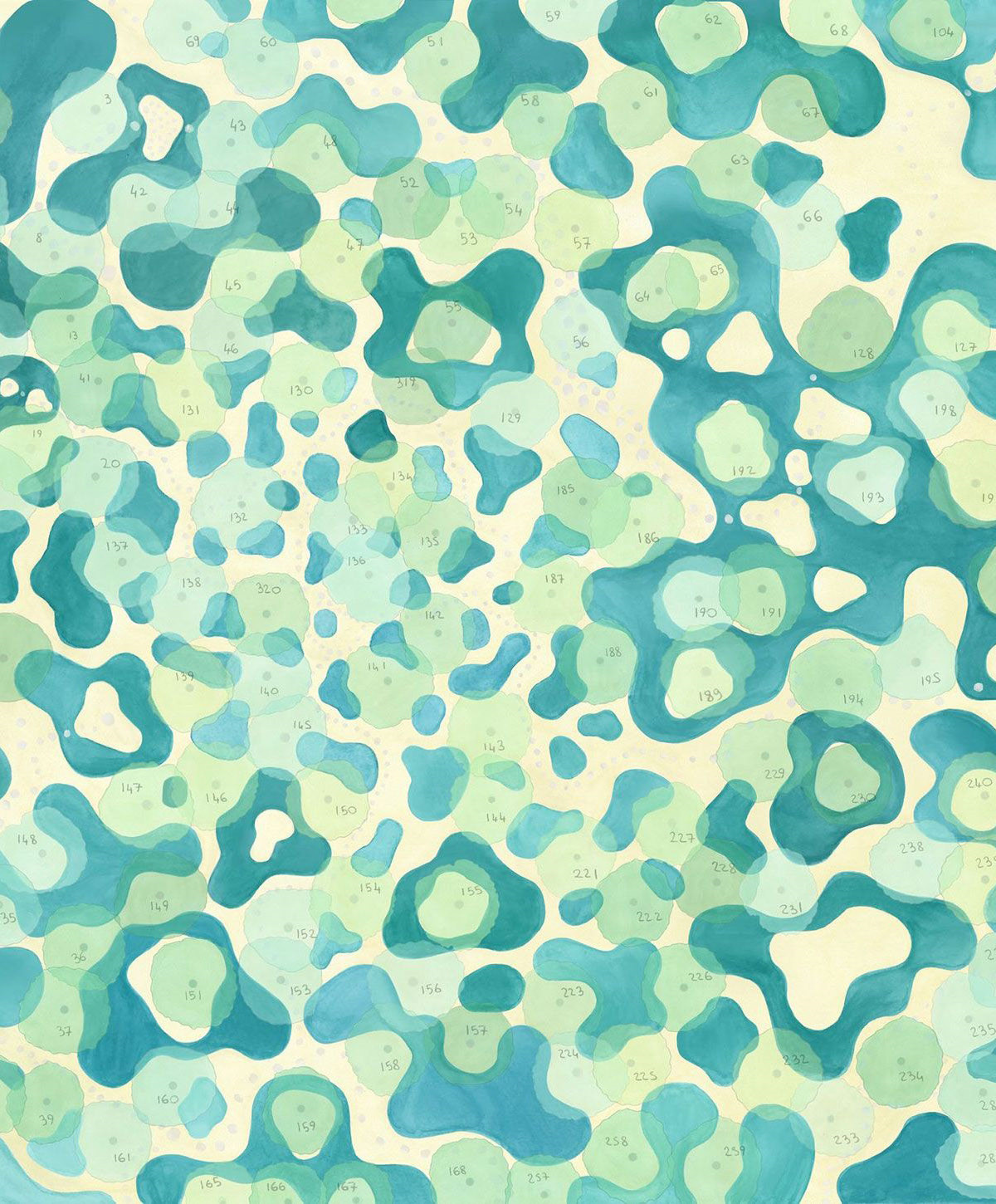
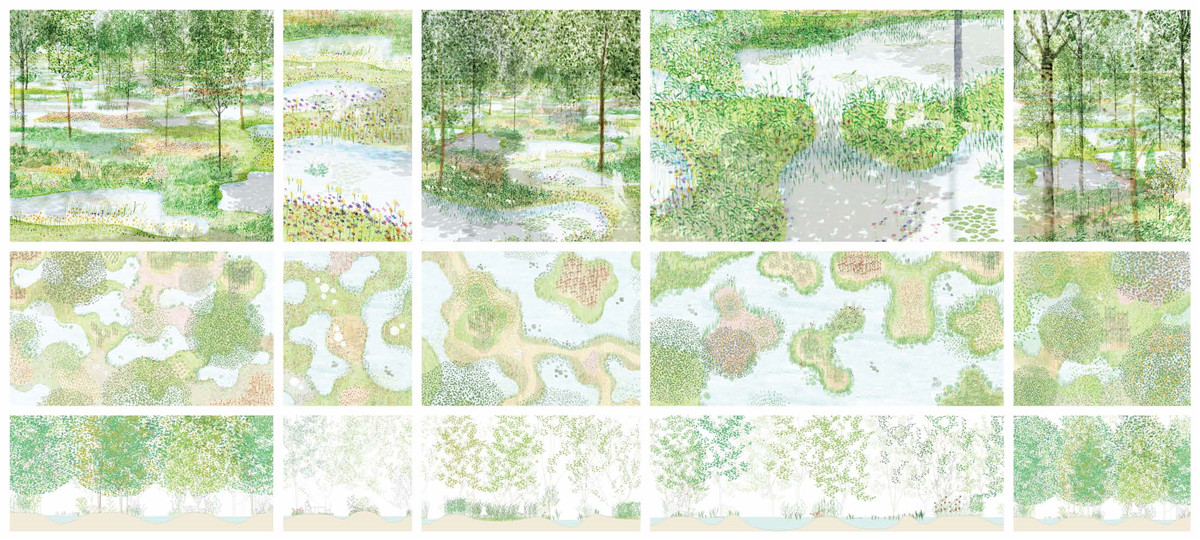
Inspiration 灵感
In a pluralistic culture that is hastily changing, Ishigami believes that people need to think freely and explore the countless possibilities of free architecture.
在瞬息万变的多元文化中,石上纯也认为人们需要自由思考,探索自由建筑的无数可能性。
He states: If architects and non-architects from all over, people all around the world would think about architecture more freely, if such scenery joined together to form a single space, the world would be all the richer for it. The different values in the world and types of architecture in the world would come closer together. Architecture would become more intimate than it is now.
他说:如果来自世界各地的建筑师、非建筑师和世界各地的人们会更自由地思考建筑,如果这些风景组合在一起形成一个空间,世界就会因它而更加丰富。世界上不同的价值观和世界上的建筑类型将更紧密地结合在一起。建筑将变得比现在更加亲密。
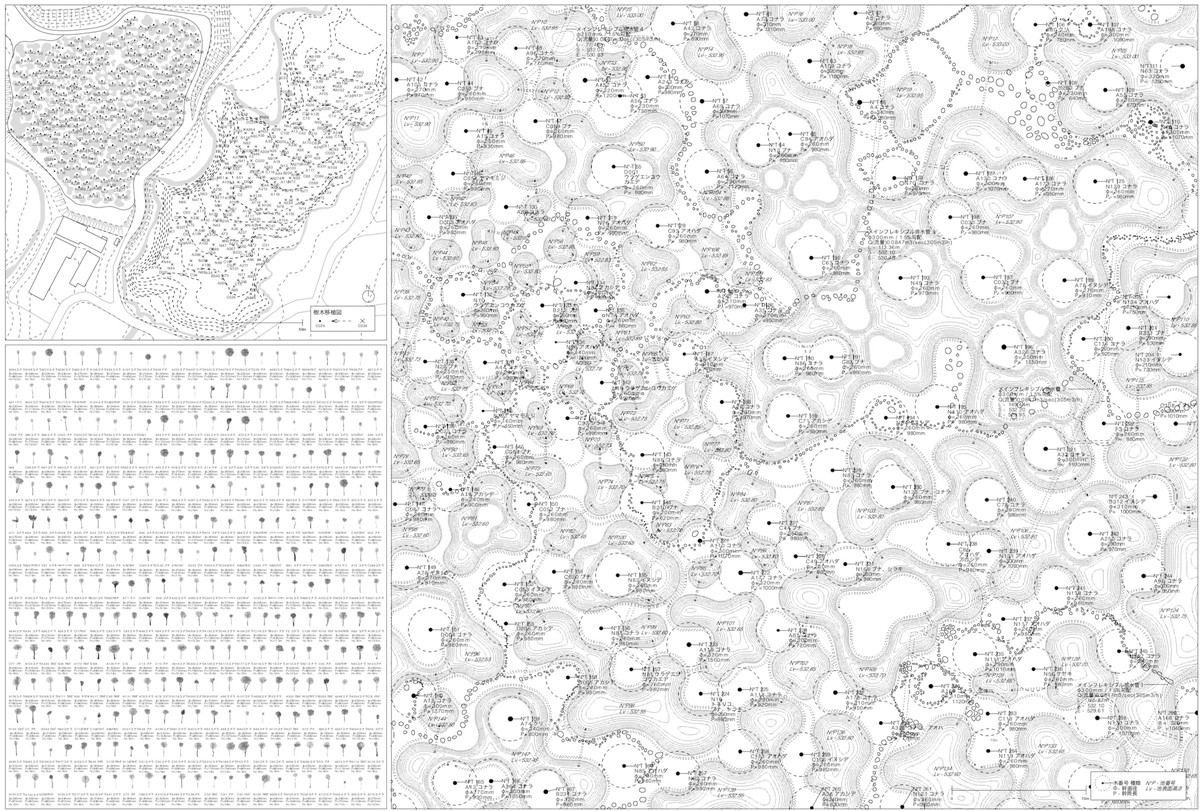
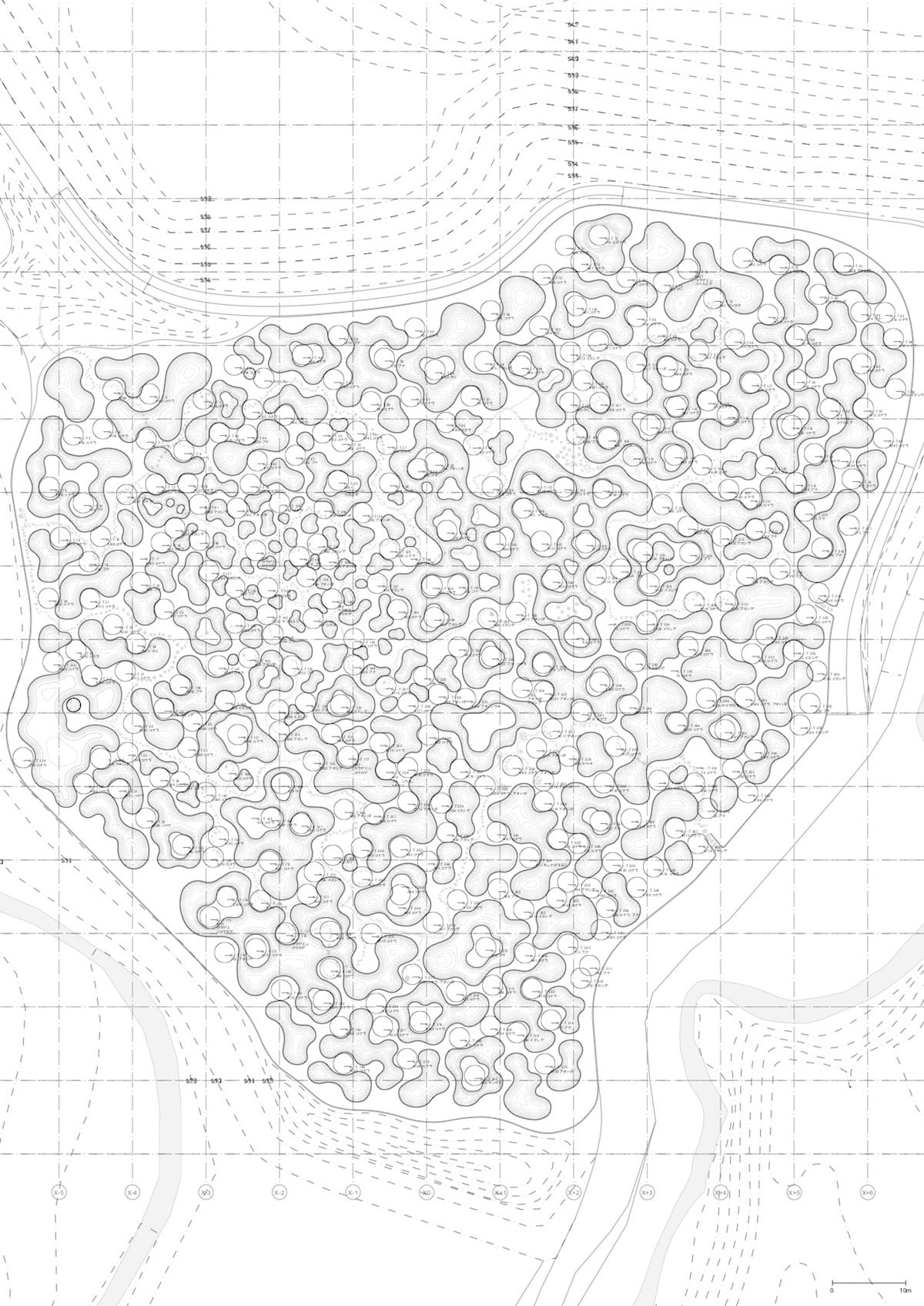

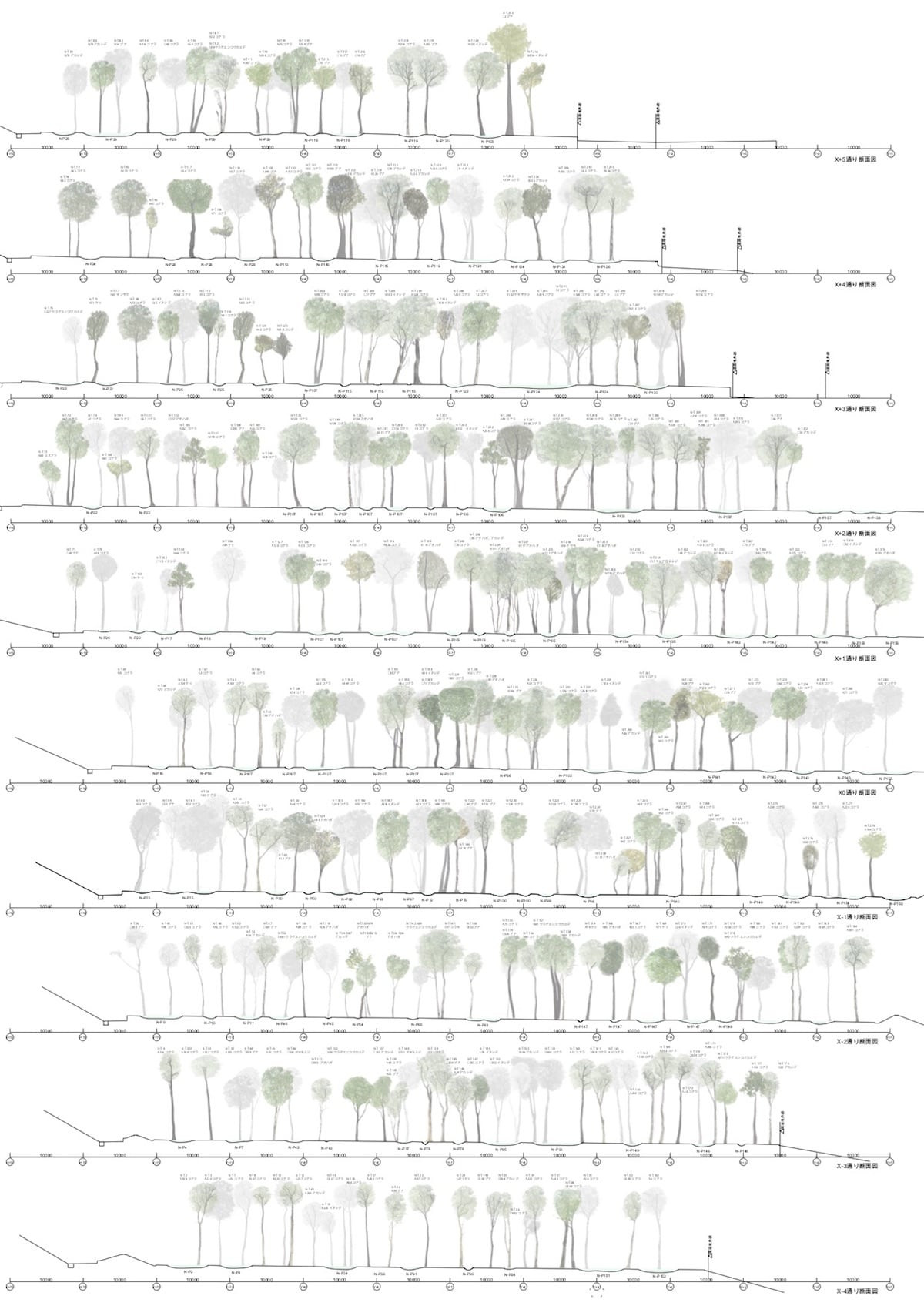
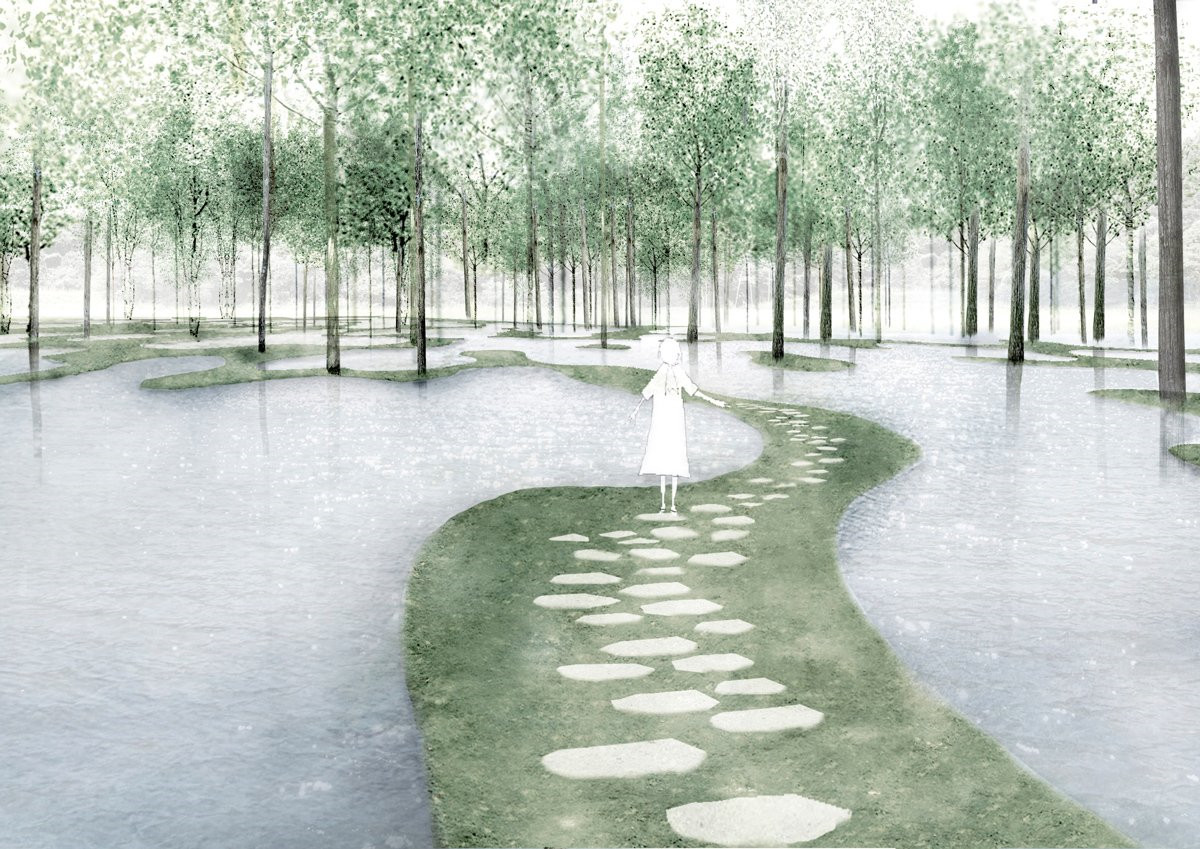
Water Garden was intended to be a site for meditation and contemplation.
水上花园旨在成为冥想和沉思的场所。
While Water Garden is carefully modeled and depends on technological artifacts, the project is both extremely artificial as well as undeniably natural. It is a living entity that grows and transforms by its inherent dynamics.
虽然水上花园经过精心建模并依赖于技术人工制品,但该项目既非常人工,又无可否认是自然的。它是一个有生命的实体,通过其固有的动力成长和转变。

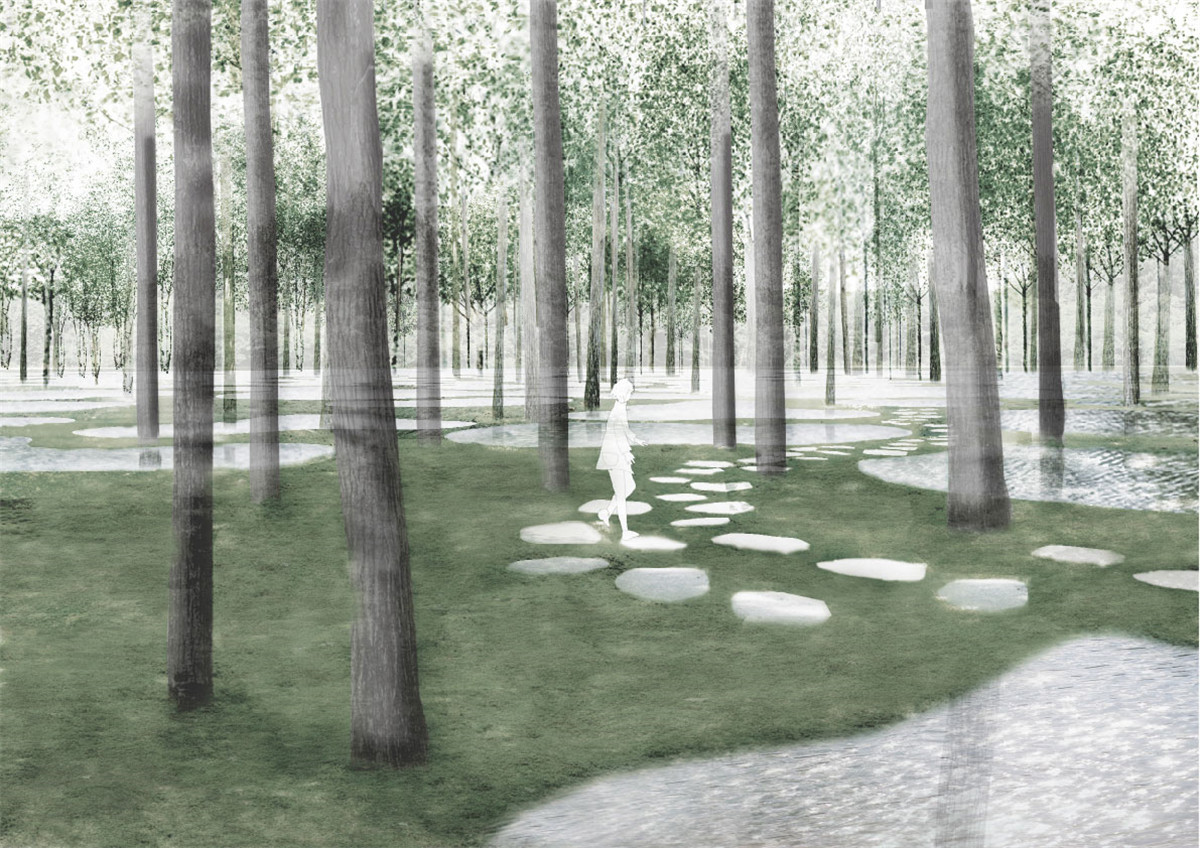
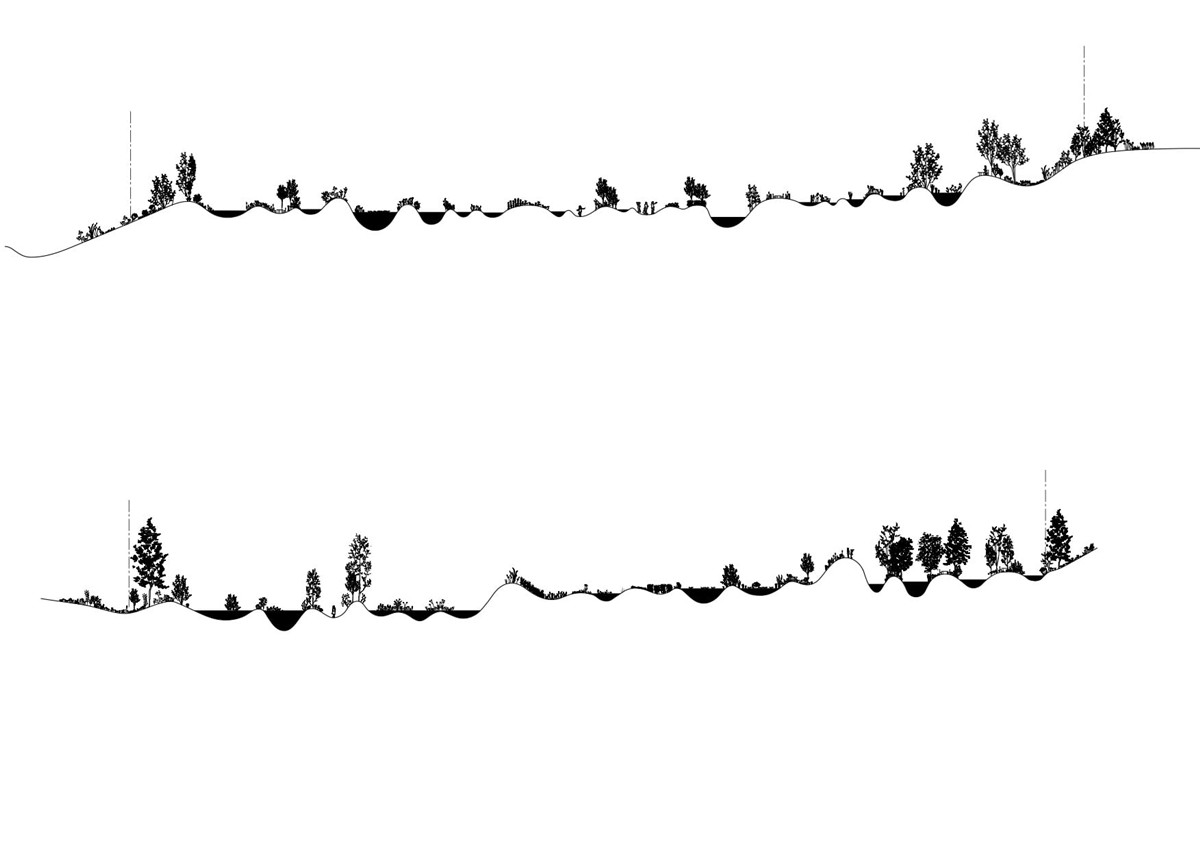

Analysis 分析
The Water Garden brought together landscapes that were in the surrounding but never met, mingled or mixed. The result is an ecosystem connected to the nearby existing irrigation channel with water flowing throughout continuously at varying rates.
水上花园汇集了周围从未相遇、混合或混合的景观。结果是一个生态系统与附近现有的灌溉渠道相连,水以不同的速度不断流过。
According to Ishigami, The primary objective of this project was to create a new form of nature as an extension of nature, as we now know it, the future of nature through the eyes of man. The site was originally heavily wooded before it was cleared for rice fields. Later, it became meadowlands. By maximizing the environmental potential of this land, we will create a new landscape that fuses ‘density’ and ‘relationship’ which do not coexist in nature.
根据石上纯也的说法,这个项目的主要目标是创造一种新的自然形式,作为自然的延伸,正如我们现在所知,通过人类的眼睛,自然的未来。在清理稻田之前,该地点最初树木繁茂。后来,它变成了草原。通过最大限度地发挥这片土地的环境潜力,我们将创造一个融合了自然界中不共存的“密度”和“关系”的新景观。

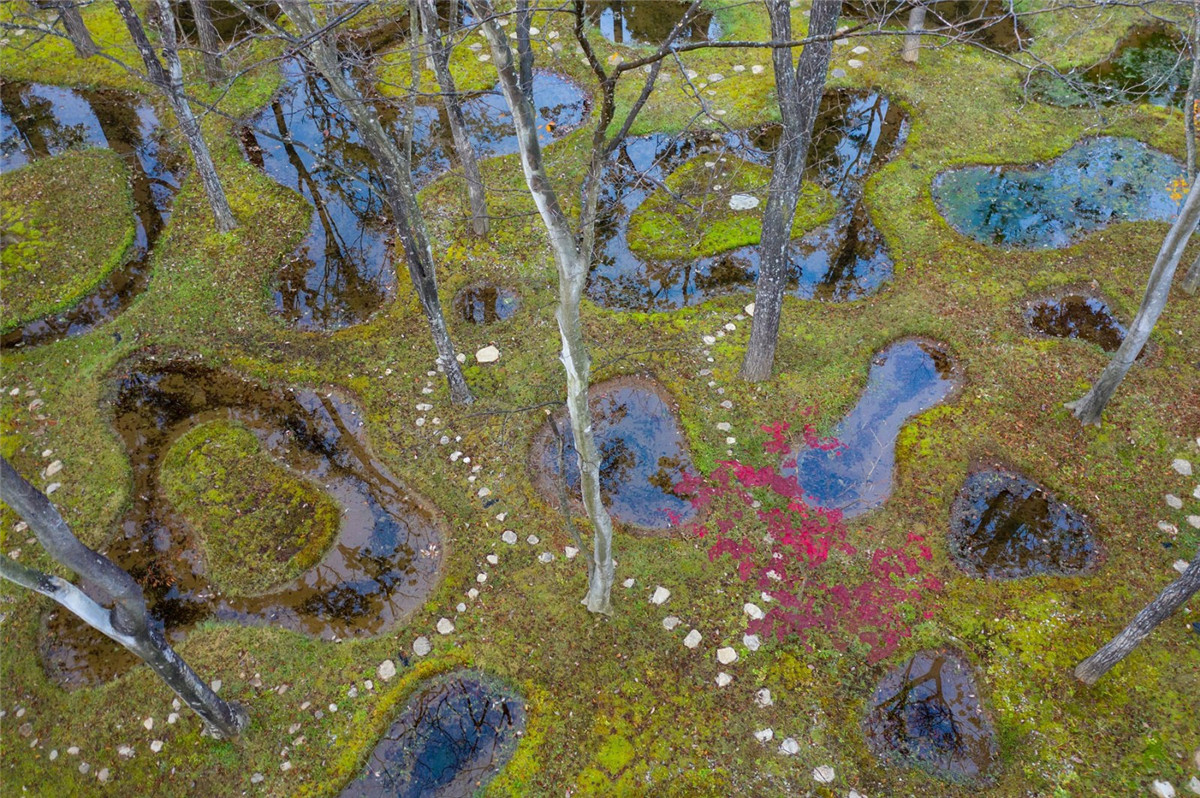
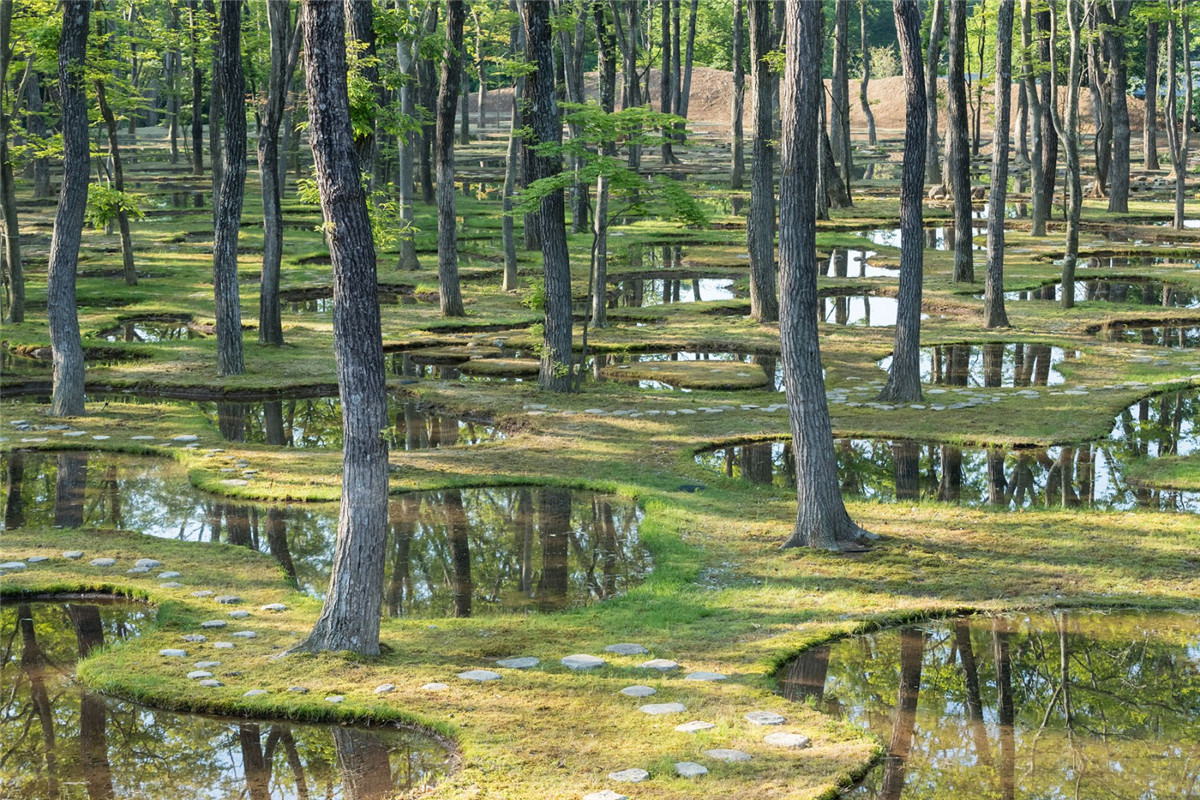
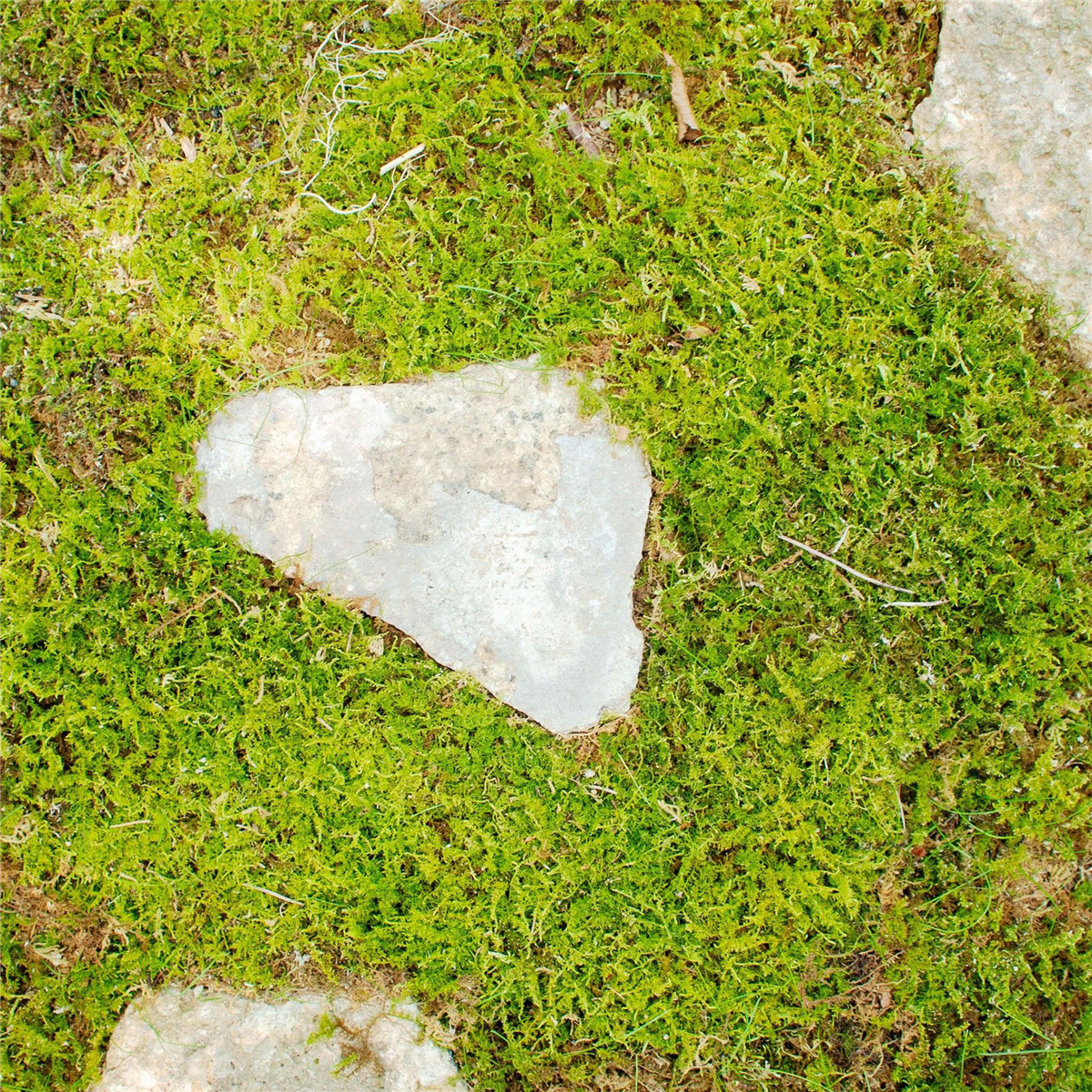
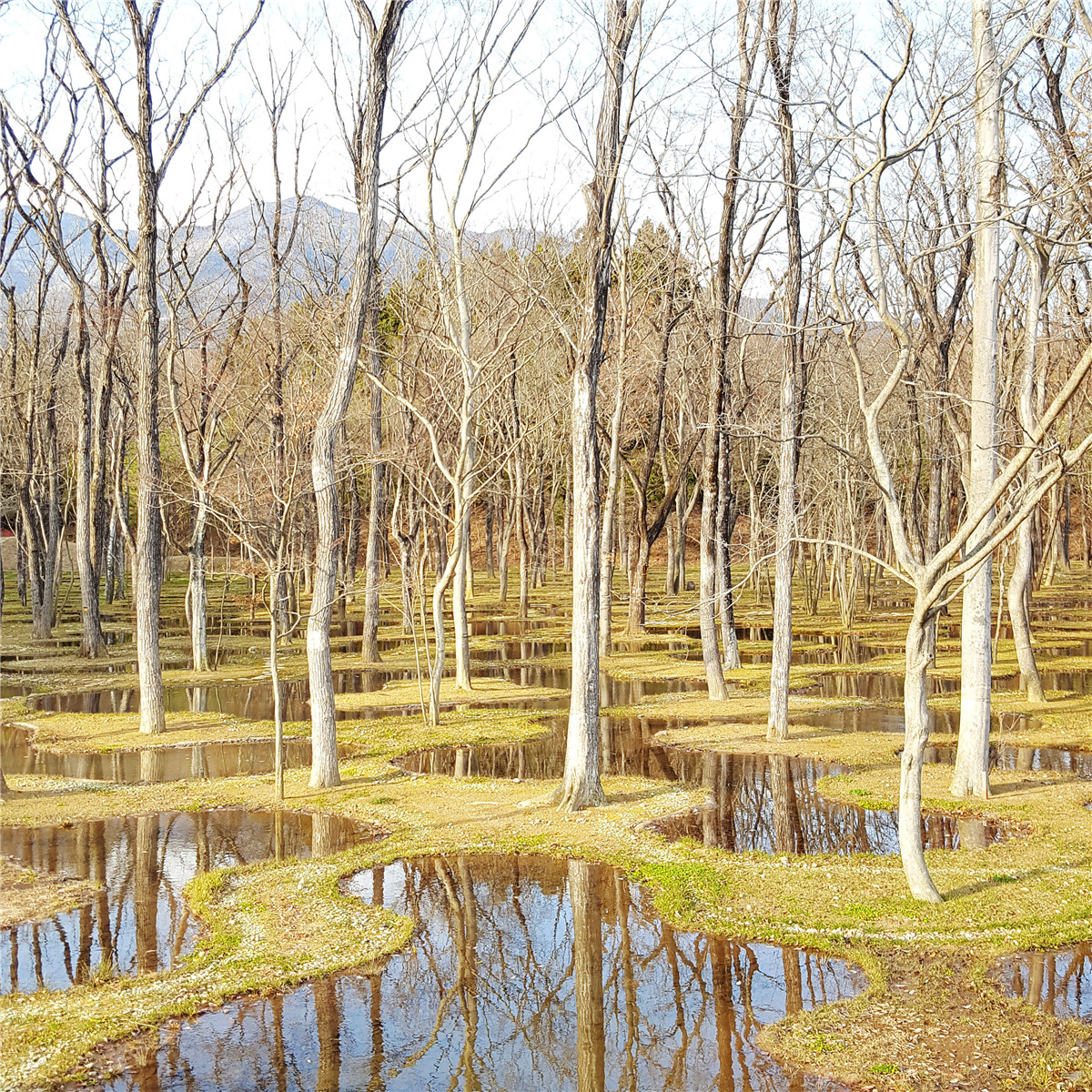

Conclusion 结论
Martha Schwartz of the US landscaping company Martha Schwartz added, Ishigami’s architecture is the architecture of space, not of the object. He discards the idea of architecture as a built, utilitarian structure by reversing the business-as-usual process, which is: building first, landscaping second – if at all. Instead, with the project ‘Water Garden’ Ishigami leaves us wondering is this architecture, landscape architecture, or art.
美国景观公司Martha Schwartz 的Martha Schwartz 补充说,石上的建筑是空间的建筑,而不是物体的建筑。他通过颠倒一切照旧的过程,即:首先建造,其次景观美化——如果有的话,他抛弃了建筑作为一种建造的、实用的结构的想法。相反,石上纯也的“水上花园”项目让我们想知道这是建筑、景观建筑还是艺术。
In his projects, including Water Garden, Ishigami demonstrates an excellent ability to perceive his practice as being beyond the boundaries of the architecture domain of thinking.
在他的项目中,包括水上花园,石上纯也展示了一种卓越的能力,将他的实践视为超越了建筑思维领域的界限。
SEE MORE (来自) junya.ishigami+associates
